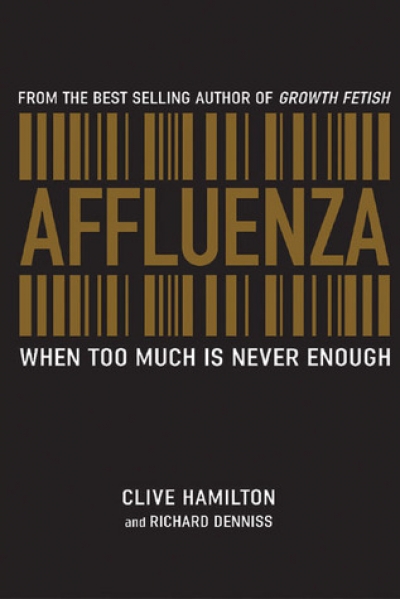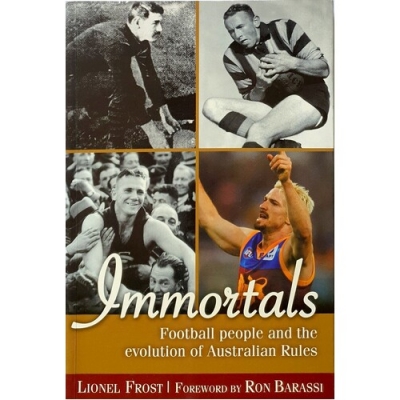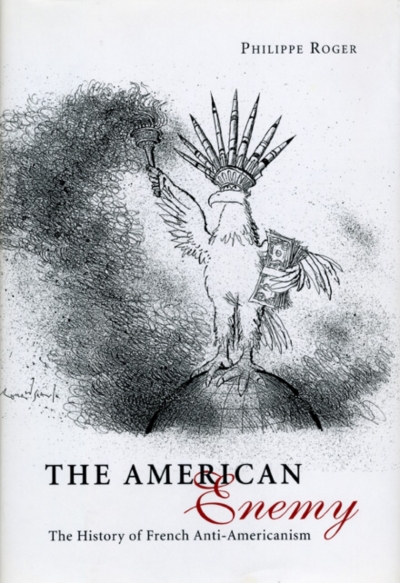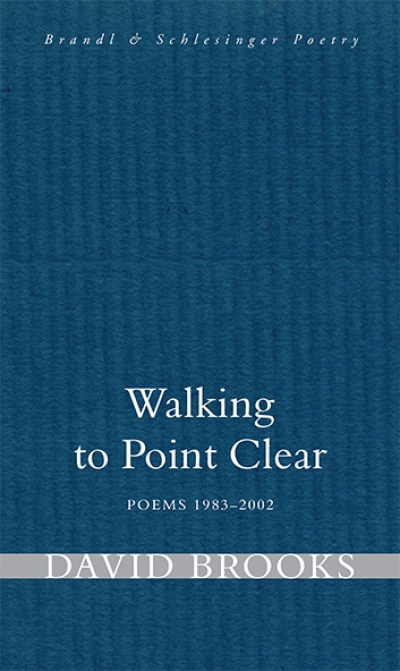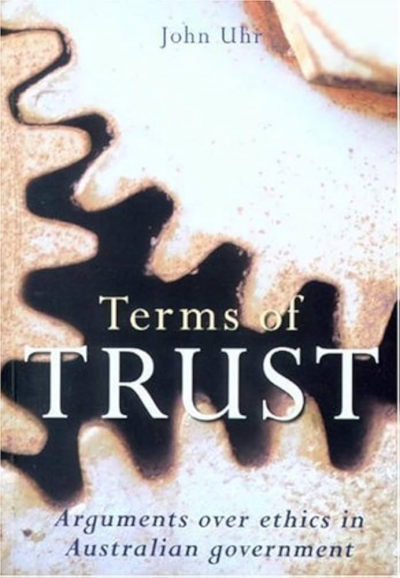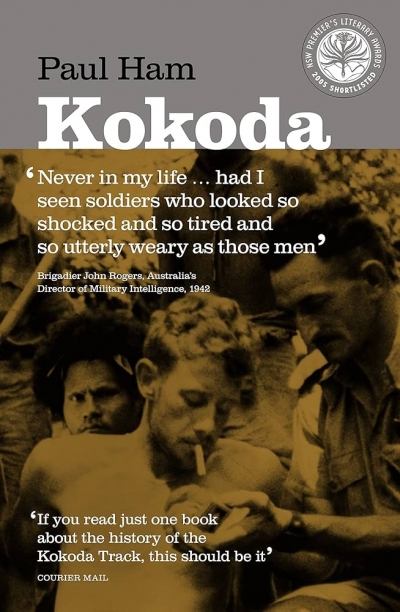Accessibility Tools
- Content scaling 100%
- Font size 100%
- Line height 100%
- Letter spacing 100%
Archive
The ABR Podcast
Released every Thursday, the ABR podcast features our finest reviews, poetry, fiction, interviews, and commentary.
Subscribe via iTunes, Stitcher, Google, or Spotify, or search for ‘The ABR Podcast’ on your favourite podcast app.
‘Where is Nancy?’ Paradoxes in the pursuit of freedom
by Marilyn Lake
This week on The ABR Podcast, Marilyn Lake reviews The Art of Power: My story as America’s first woman Speaker of the House by Nancy Pelosi. The Art of Power, explains Lake, tells how Pelosi, ‘a mother of five and a housewife from California’, became the first woman Speaker of the United States House of Representatives. Marilyn Lake is a Professorial Fellow at the University of Melbourne. Listen to Marilyn Lake’s ‘Where is Nancy?’ Paradoxes in the pursuit of freedom’, published in the November issue of ABR.
Recent episodes:
In a country famously saturated with prizes, the ABR Reviewing Competition is unique. It is widely regarded as one of the most constructive and needed awards, which is why we have brought forward the third competition from the advertised date of 2006. Announcing the winners of last year’s competition in the December 2004–January 2005 issue, ‘Advances’ reported that 100 new and experienced reviewers had entered, in three categories: fiction, non-fiction (including poetry) and children’s/young adult books. Our winners were Maya Linden, Vivienne Kelly and Stephanie Owen Reeder, respectively, all of whom (in addition to having their winning review published in the February 2005 issue of ABR) have gone on to write for the Review (Dr Reeder, indeed, has just become an editorial adviser). ABR looks forward to a similarly rich crop this year.
... (read more)Affluenza: When too much is never enough by Clive Hamilton and Richard Denniss
Immortals by Lionel Frost & Keeping the Faith by Steve Strevens
The American Enemy: The history of French anti-Americanism by Philippe Roger
Just before she entered the world of Wonderland, Alice asked: what is the use of a book without pictures? A book in which an imaginative narrative is symbiotically supported and augmented by illustrations can play an important part in the development of a child’s verbal and visual literacy skills. However, a picture book is more than just a story with pictures: it is also a cultural artefact that both reflects and transmits the mores of the country in which it is produced. And a good picture book can do more than simply replicate the visual stereotypes often found in popular culture: it can stretch the imagination, excite curiosity, structure meaning and shape cultural identity.
... (read more)

